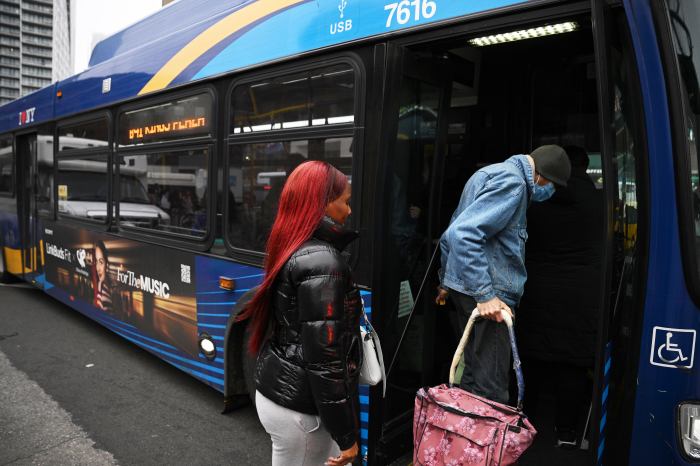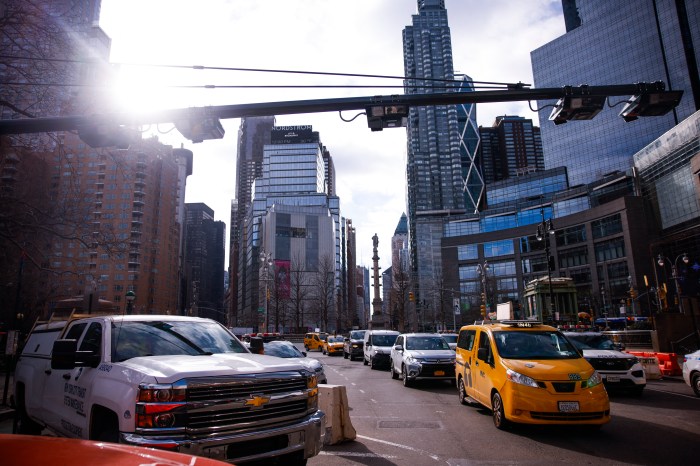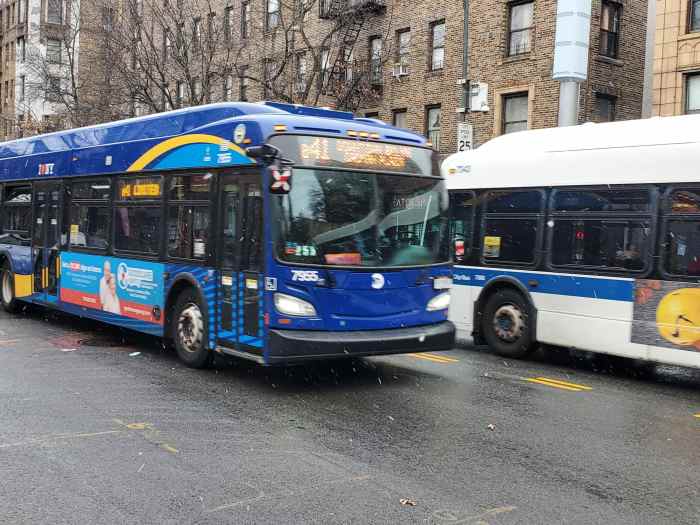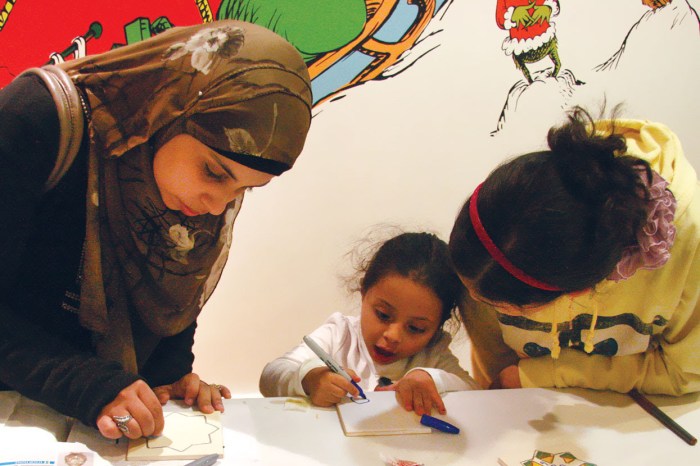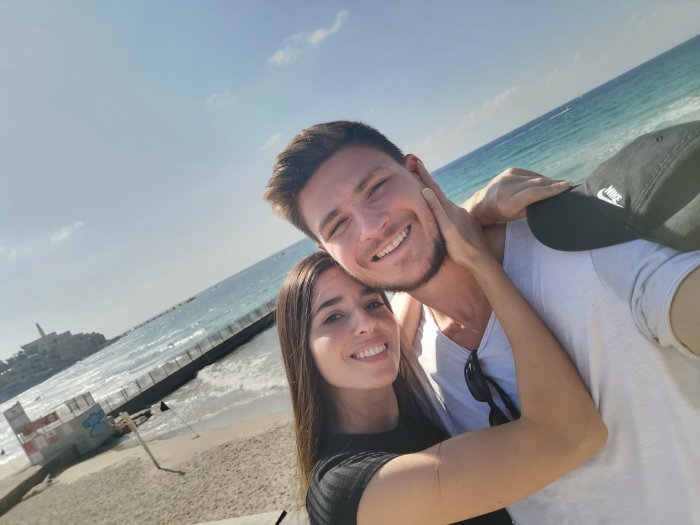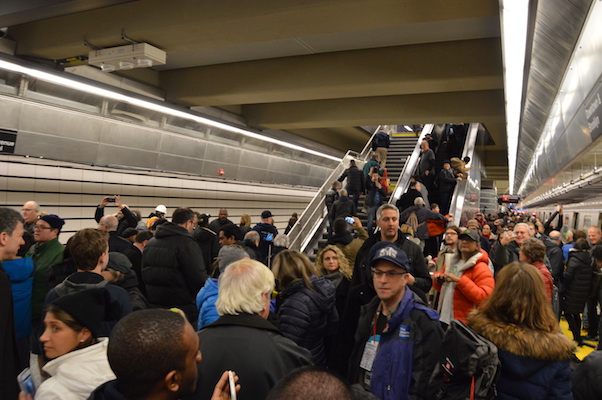
BY JACKSON CHEN | On New Year’s Day at 11:25 a.m., the Q train pulled into the 57th Street-Seventh Avenue stop to everyone’s excitement. Straphangers were far beyond the yellow line and pressed up against the train, constantly checking the time for it to hit 12:00. But it was no ball drop they were waiting for; instead the overjoyed crowd was about to board the Second Avenue Subway’s first public ride.
While the inaugural ride was an honor reserved for Governor Andrew Cuomo and his guests at a New Year’s Eve cocktail party, the public’s energy the following day was unusually buoyant, given the oft-times antagonism between New Yorkers and the Metropolitan Transportation Authority.
“It was festive, where do you get to see festive in the subway?” said Joe Caronetti, a Bronx resident and transit historian. “That in itself is a rare occasion.”
Caronetti waited patiently on the platform for about an hour and a half before the subway doors finally opened at around 11:50 a.m. The subway cars immediately flooded to capacity, much like the Lexington Avenue line that the Second Avenue Subway is expected to relieve. And as the clock hit noon, residents, rail aficionados, and tourists all cheered and made other happy noises when they heard the familiar chimes of subway doors closing.
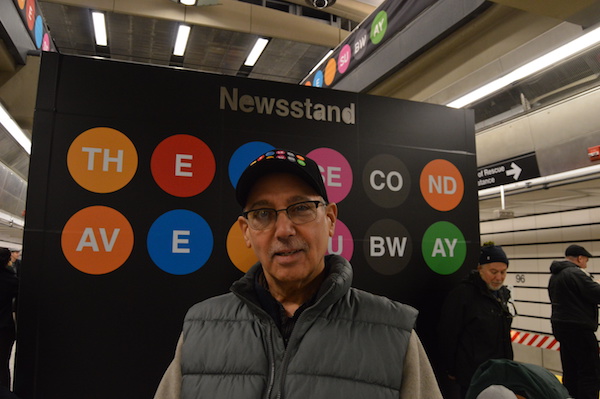
“This is a 96th Street-Second Avenue bound Q Train via the Second Avenue Line,” the conductor announced to more hollering. “The next stop is Lexington Avenue-63rd Street.”
Much like the protracted project itself, the first ride wasn’t absent of hiccups. Passengers laughed as the conductor said they were being held momentarily by the train’s dispatcher.
“Already?” a passenger quipped. “Who called it?”
After nearly a century, the Second Avenue Subway would finally be delivering New Yorkers along the Upper East Side. After many starts and stops caused by everything from the Great Depression to repeated failures of funding, work on the Second Avenue Subway restarted in 2007 when federal dollars were finally secured. A decade into construction, the MTA was able to meet its end-of-the-year deadline to complete Phase 1 of the major transit project that brought three new stations at 72nd, 86th, and 96th Streets. Though a federal commitment to funding Phase II, which will add stations at 106th and 116th Streets and a connection to the Lexington Avenue line at 125th Street, has been secured, that extension could be a decade away.
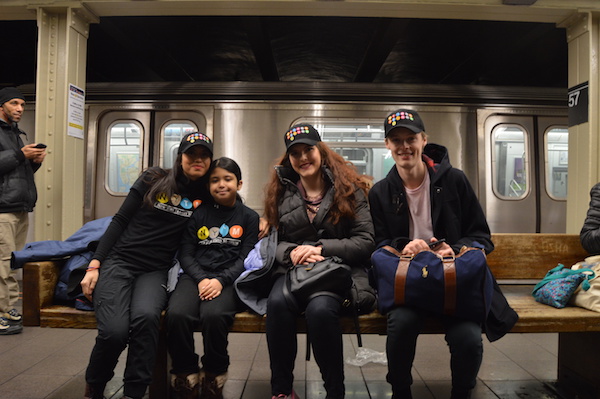
“It’s a really special occasion because this has been a line that’s been an idea in New York City for close to a century,” said James Giovan, an educator at the New York Transit Museum. “And only today have we finally finished, so it’s a really big achievement for everyone in New York City.”
Giovan, like many other eager commuters, was skeptical of a timely completion until the last few months, when the MTA worked at an accelerated pace to meet a January 1 opening. Rewarded for their patience, many Upper East Siders are now able to reap the benefits of a new subway line much closer to their homes.
“I think the subway is incredibly important to the life of the city,” Walter Sedovic, an architect, said. “It’ll be interesting to see what positive changes take place as a result.”
Sedovic added that Phase 1 was worth the wait considering the development that would benefit the surrounding area. But most residents, even Upper West Siders Christian Cordova and Ruth DiRoma, were just pleased that the Second Avenue Subway would reduce the stress that straphangers on the Lexington Avenue line have long endured.
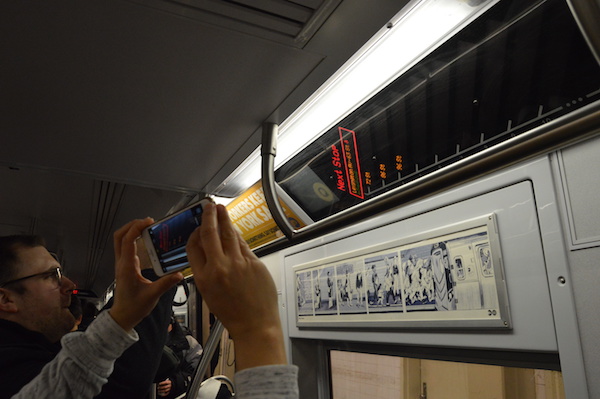
As the first train arrived at the new 96th Street station, commuters rushed off to take in the modern design of the column-free platform and an airport-like PA system that announced, “the next departing train will be in two minutes.”
While many stuck around to take in the station’s artwork, Juan Amador, the operator of the first train, ended his 5 a.m. shift by taking photos with the young railway fans wanting to capture the moment of history.
With the widespread smiles and selfie after selfie, it seemed New Yorkers had all but forgotten how long it took for this project’s first phase to be completed –– at least for the day.
“The city is growing and getting more and more populated and it’s something they definitely need,” Caronetti said. “Even though this is just a fraction of what they intended to build, it’s a start.”




